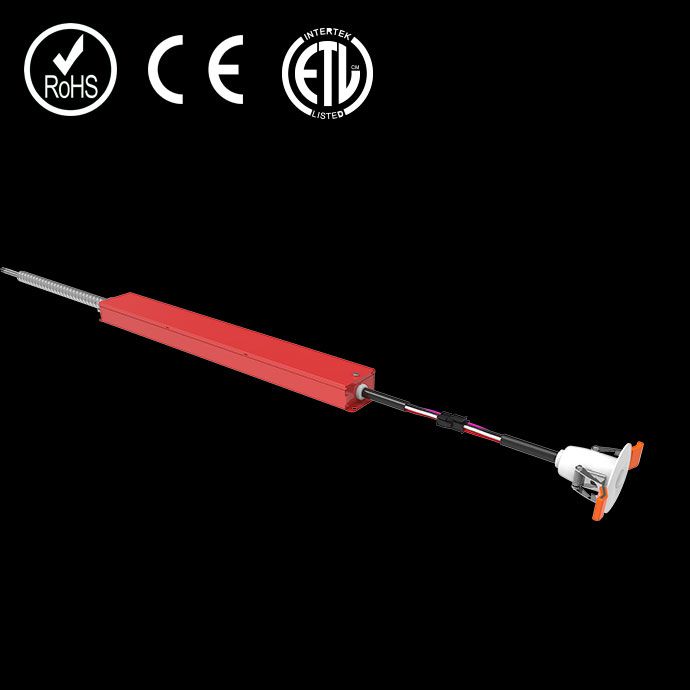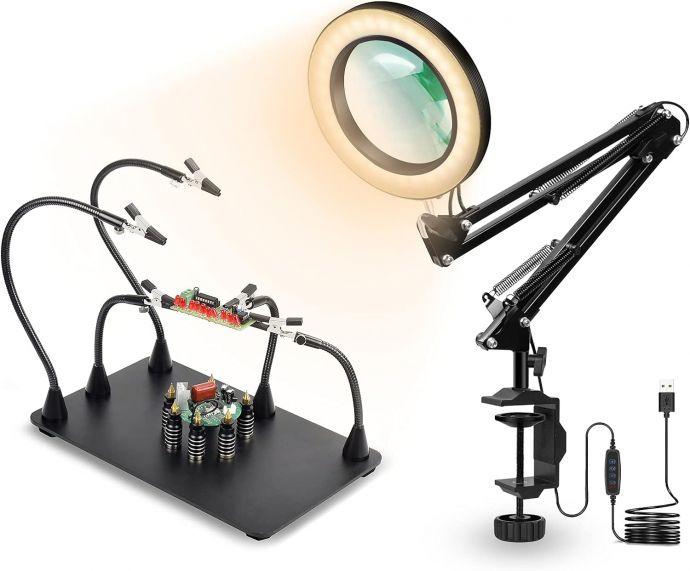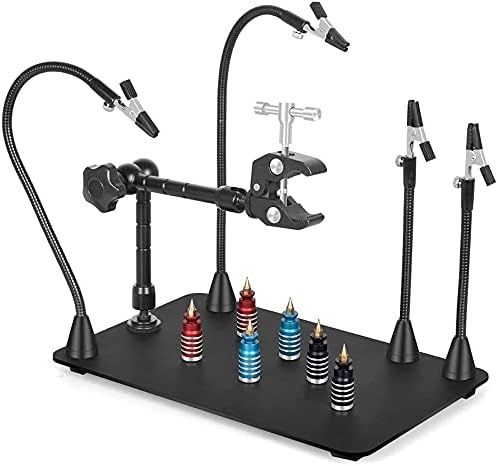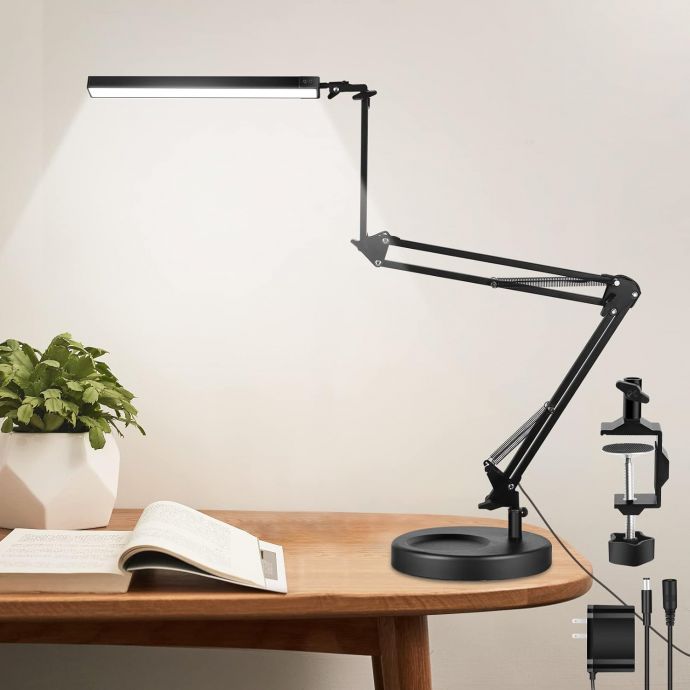Soldering is an essential skill in various fields such as electronics, jewelry making, and metalwork. While mastering the art of soldering, enthusiasts often overlook one crucial aspect — managing the fumes generated during the process. These fumes, which can contain harmful substances like lead and rosin-based flux, pose significant health risks over time. Hence, it's vital to have an effective fume extractor in place. In this guide, we will take you through the process of building a DIY 12V solder fume extractor, transforming your workspace into a safer environment.
### Understanding the Need for a Fume Extractor

Soldering, especially in poorly ventilated areas, releases particulate matter and gases that can be detrimental to respiratory health. Regular exposure can lead to respiratory problems, eye irritation, and other health issues. A fume extractor helps by drawing these fumes away from the breathing zone, capturing and filtering harmful substances before they disperse into the air.
### Essential Components for Your DIY Extractor
Before diving into the construction process, gather the necessary components. Here's what you'll need:

1. **12V DC Fan**: The heart of your fume extractor, capable of moving enough air to efficiently capture fumes. A 120mm fan is ideal for this purpose.
2. **Activated Carbon Filter**: This filter is crucial for absorbing harmful chemicals and particulates. Ensure it's replaceable and designed to fit snugly with your fan.
3. **Power Supply**: A stable power source, such as a 12V DC adapter, will keep your extractor running smoothly. You can also consider using a rechargeable battery for portability.

4. **Fan Grill and Mounting Kit**: Protect the fan blades and the filter while easing the mounting process.
5. **Housing or Frame Material**: Materials like plywood, plastic, or metal can be used to construct the frame or housing for your extractor. Ensure it's sturdy and fits well in your workspace.
6. **Wiring and Switch**: Basic electrical wiring skills are needed to connect the fan to the power source and switch.

7. **Optional: LED Indicator**: For a professional touch, add an LED to indicate when the extractor is operational.
### Step-by-Step Construction Guide
#### Step 1: Designing the Housing

Start by planning the housing dimensions, which should accommodate the fan and filter snugly. The design can be a simple box or a more elaborate case with a handle for portability. Keep the airflow in mind; ensure there's enough space for air to enter and exit smoothly.
#### Step 2: Assembling the Frame
Using your chosen material, cut the pieces needed for the housing's base, sides, and top. Precision is key to ensure all parts fit together seamlessly. If you're using wood, make sure to sand the edges for a clean finish.

#### Step 3: Mounting the Fan
Install the fan into the housing using screws and the fan grill, ensuring it's positioned to direct airflow over the filter. Typically, it's best placed at the back of the extractor to pull air through the filter effectively.
#### Step 4: Installing the Filter

Position the activated carbon filter directly in front of the fan within the housing. Secure it in place by creating a holding mechanism, such as a bracket or snug-fitting slot. This setup ensures maximum exposure of fumes to the filter.
#### Step 5: Wiring the System
Connect the fan to the power source using electrical wires. Integrate a switch to easily turn the fan on and off. If using an LED indicator, include it in this circuit. Test the connections to ensure everything works correctly before final assembly.
#### Step 6: Assembling and Final Touches
Once all components are securely in place, assemble the housing completely. Check for stability and ensure there are no loose parts. Finish your extractor with a coat of paint or a professional surface treatment to make it aesthetically pleasing and suitably protected from potential damage.
### Operational Tips and Maintenance
- **Placement**: Position the fume extractor close to your soldering area, ideally at a height where it can directly draw fumes as they rise.
- **Filter Replacement**: Regularly replace the activated carbon filter based on use frequency and manufacturer recommendations. This ensures maximum efficiency in fume absorption.
- **Power Conservation**: If using a battery, remember to charge it between uses or swap it out with a fresh one to maintain steady function.
- **Safety Precautions**: Always unplug the extractor when not in use or when performing maintenance checks.
### Enhancements and Customization
- **Noise Reduction**: Consider adding sound dampening materials inside the housing if noise is a concern.
- **Portability Features**: Add a handle or build the extractor into a soldering station cart for easy movement.
- **Smart Controls**: For tech-savvy individuals, integrating microcontrollers for automation or remote operation introduces a modern touch to the project.
### Conclusion
Building a DIY 12V fume extractor is not just a rewarding project but also a significant step towards ensuring a healthier workspace. By following this guide, you can shield yourself from hazardous fumes and enhance your soldering experience. Adopting such preventative measures not only demonstrates your commitment to safety but also extends your enjoyment and productivity in the art of soldering. Embrace the challenge, craft your custom extractor, and breathe easy knowing you've made a substantial improvement to your work environment.









